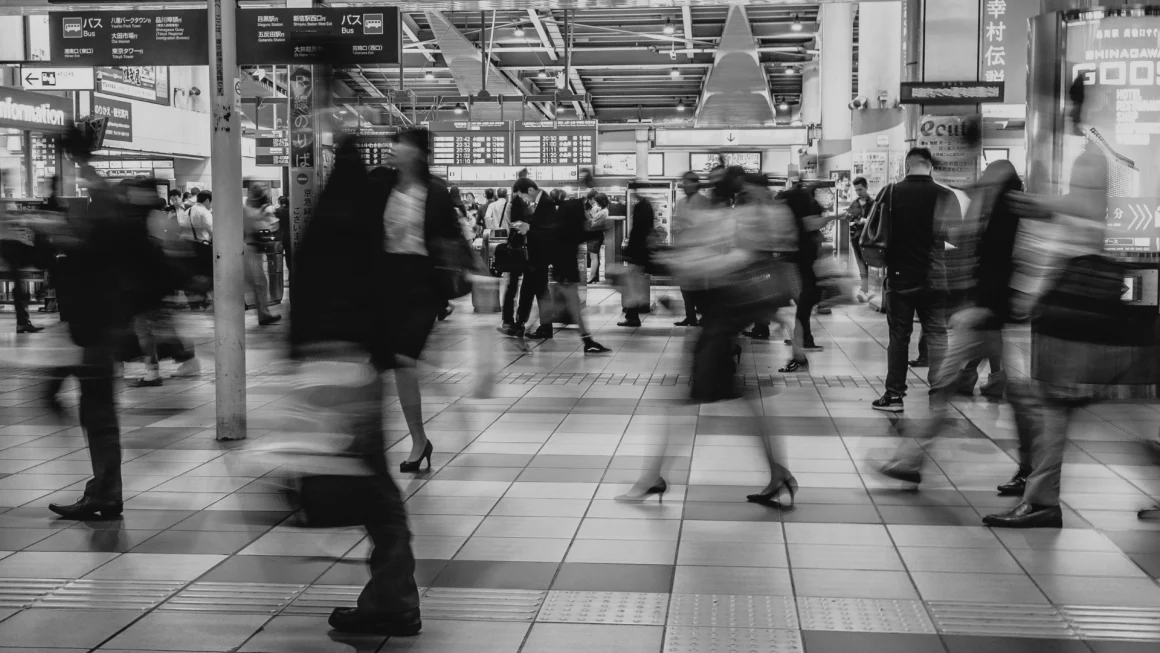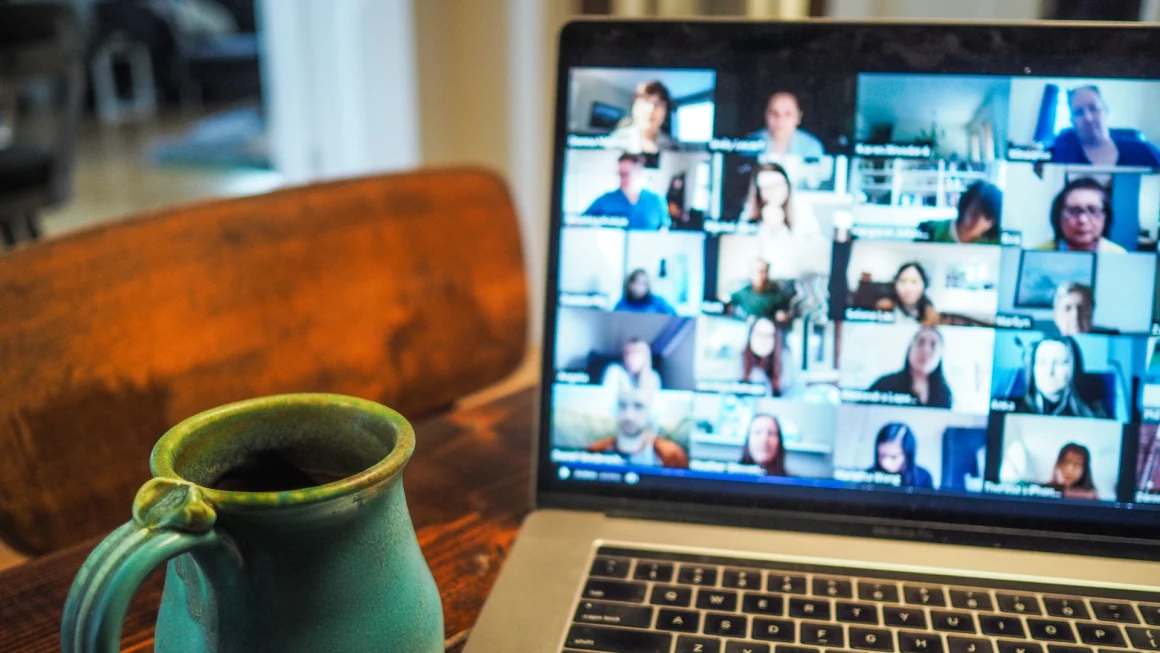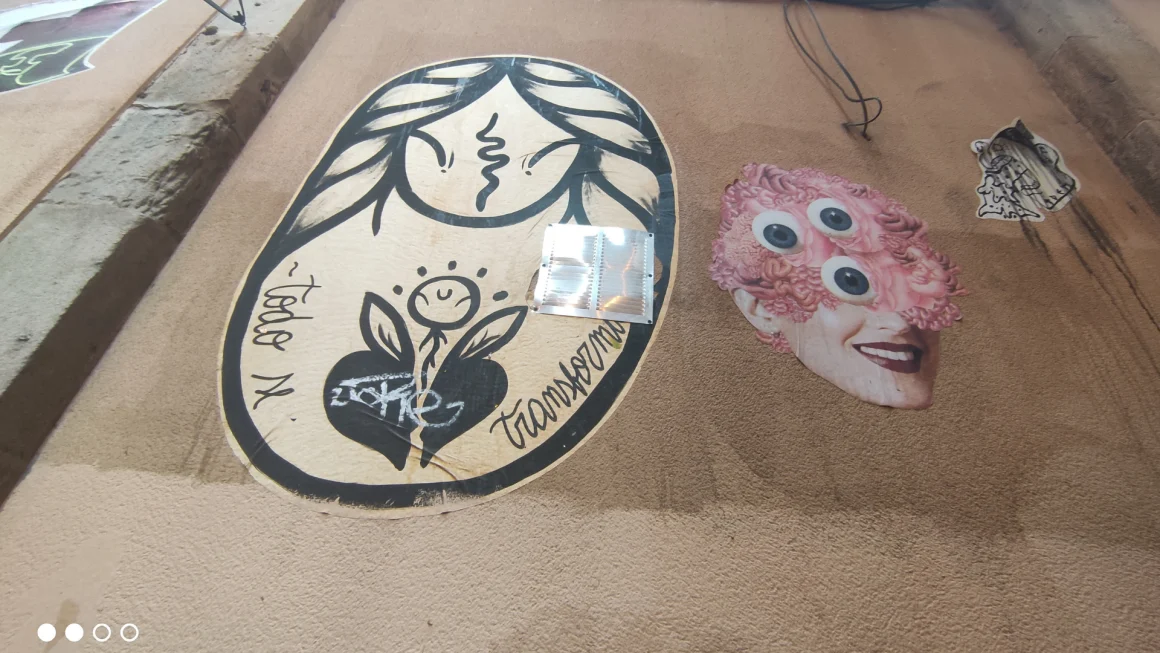A well known fashion company for which I shot catalogs a few years ago, today no longer uses photographers. Our job is now done by employees who operate robots using iPads. A photographer is unnecessary: the lights are selected from pre-configured lighting schemes and when the photo is taken it’s automatically post-produced following the pre-set guidelines. Everything is integrated into the robot’s structure.
The costs are initially high, but they become small for a company that has a large amount of images to produce. Once the fashion garment is properly prepared, it’s just a walk in the park. In seconds the photos will be on your desktop, retouched, resized and renamed. You will get one high-res file for print, one for the online store and others for the social media, all in the desired dimensions. You can also shoot videos. We are not talking about particularly creative or sophisticated images, but about photos that satisfy the market today. Models (often headless) are always photographed in the same positions and still-life photography follows very precise and repetitive style codes.
Models without models
Brands that want to photograph their garments on models, but do not have an adequate budget for that, don’t need to feel discouraged. With the help of another supplier they can shoot their garment on a physical mannequin and a software will erase that mannequin on the picture and insert a model instead. Different models can be selected from the menu, all with sample sizes and standard poses — plus makeup and hair in line with current fashion editorials. The results are unexpectedly natural.
Shoot on location with no shooting at all
For shootings in locations, luckily real photographers are still taken into consideration. But be careful: if the product is a T-shirt, things could change!
Why pay a photographer, models, make-up / hairdresser, stylist and travel when you can do without it?
With only $15/month you can have unlimited access to a large image bank of models photographed wearing a T-shirt. Usage rights included. Your own design can be placed on the T-shirts with a simple click. The photo editing is undetectable. You can choose among models with different body types, ethnicities and ages. They are photographed in nature, in urban environments, at home, alone, in groups, as a (straight or gay) couple, with children, dogs, cats, on a bicycle, doing yoga, boxing, jogging, in different weather conditions and with a multitude of variations. All perfect for social media.
For small companies it means a huge supply of images that they couldn’t afford if they had to pay for a production. And big companies use this service too.
Buy a photo without paying for it
What if you need dream travel pics or images in which to insert your logo or a product in post-production? They can be purchased for a few cents at a micro-stock agencies. Already in 2009 (when prices were higher than now), a photograph purchased by a micro-stock agency was published for a cost of $ 31.50 on a cover of Time Magazine. Until then, Time Magazine normally paid between $ 3,000 and $ 10,000 for the cover shot.

The author is an amateur photographer who created it with a non-professional camera and who never aspired to such prestige.
But thinking twice: why pay for micro-stock photos when you can get free images? Today there are sites that offer photos taken by those who prefer exposure to money. A bit like having lots of “likes” on Facebook. And even big publishing houses photo editors and prestigious advertising agencies art directors draw copiously from these image banks.
Never mind if the quality is not always excellent, good graphics can work wonders.
Real photographers, going extinct?
A professional photographer, at whatever level, will continue to have reason to exist only proposing what technology alone is not able to offer, for example:
• The creativity of those who have a good photographic culture, the curiosity to keep up to date and the enthusiasm to experiment with new approaches.
• A unique and unmistakable style and visual language that cannot be achieved with an application or a filter.
• The experience that allows easy problem solving on several levels.
• The ability to interpret the subject to photograph according to the use and the result to be obtained.
Or even:
• The access to a privileged network.

Take the exemplary case of Scott Shuman, better known as The Sartorialist. The photos he takes on the street and publishes on his lucky blog and in his books have brought him immense fame. Luxury hotels in Santo Domingo and Mexico are amongst his clients. Those customers not only buy photos with a certain style, but also the presence on the photographer’s social media that reach a very large and targeted audience (Instagram 1.1ml followers, Twitter 170K, FB 313K).
In practice he is not only a photographer, but equally important: a targeted communication channel.

It’s no coincidence that the workshops I teach continue to be successful: my lessons can’t be learned from a tutorial. My portraits keep being appreciated too, the approach I use can’t be replicated by an application. In other words, much of my professionalism cannot be replaced by artificial intelligence and automation and this seems essential to survive professionally today.
But it doesn’t mean that all the work I do is based on the uniqueness of what I can offer only. Sometimes I shoot pictures in which my capacity to deliver promptly what’s needed is the key factor. In those cases, I find very useful being well informed about any innovation available.
After all, artificial intelligence can also help us to offer a better service to our clients.

In the past I have worked with Dresma, a bold Indian company where editing is now done in two hours by artificial intelligence following extremely customized settings. No human sees the images and this means that also photos of collections not yet released or industrial secrets can be worked on. Prices are really low and they are GISC members that guarantees fair working conditions. Although I don’t need their help now, I like being in touch with them because if there is something new they know it and I’m curious.We, photographers, are now an endangered species. When Charles Darwin stated “It is not the strongest of the species that survives, nor the most intelligent; it is the one most adaptable to change”, I suspect he had photographers in mind.
This is a story of the Furutist Club
by Science of the Time
Written by: Enzo Dal Verme

About the author:
Currently based in Milan, Enzo has been working in the photographic industry for over 20 years. His celebrity portraits and reportage pics have been published in Vanity Fair, l’Uomo Vogue, The Times, Glamour, GQ, Marie Claire, Grazia, Amica, Madame Figarò, Elle and many other magazines.
He currently shares his time between photography and strategic communication consultancy. At times the two things overlap and… a new adventure is on the way (stay tuned!).In general, he prefers to focus his attention on solutions rather than problems and on making that solution really appealing and sexy. Brutally practical idealist, he has a predilection for using mainstream media with a subversive twist 🙂
Now very willing to work on sustainable and cruelty-free projects. Consumers’ money needs to go sustain ethical businesses and stop funding unethical companies.
He loves tofu.
In collaberation with

Are you as an educational knowledge institute (university, polytechnic or otherwise) interested in getting involved in the International Cool City Hunt please click here.






